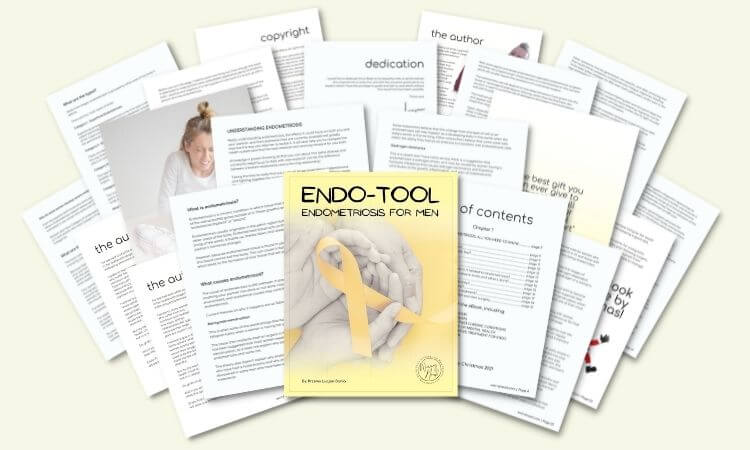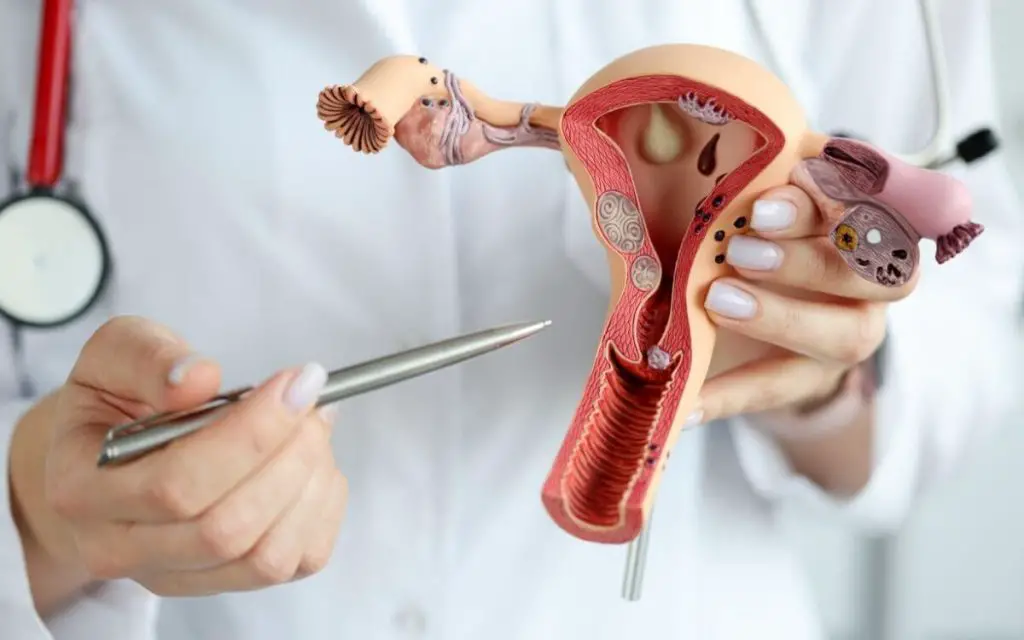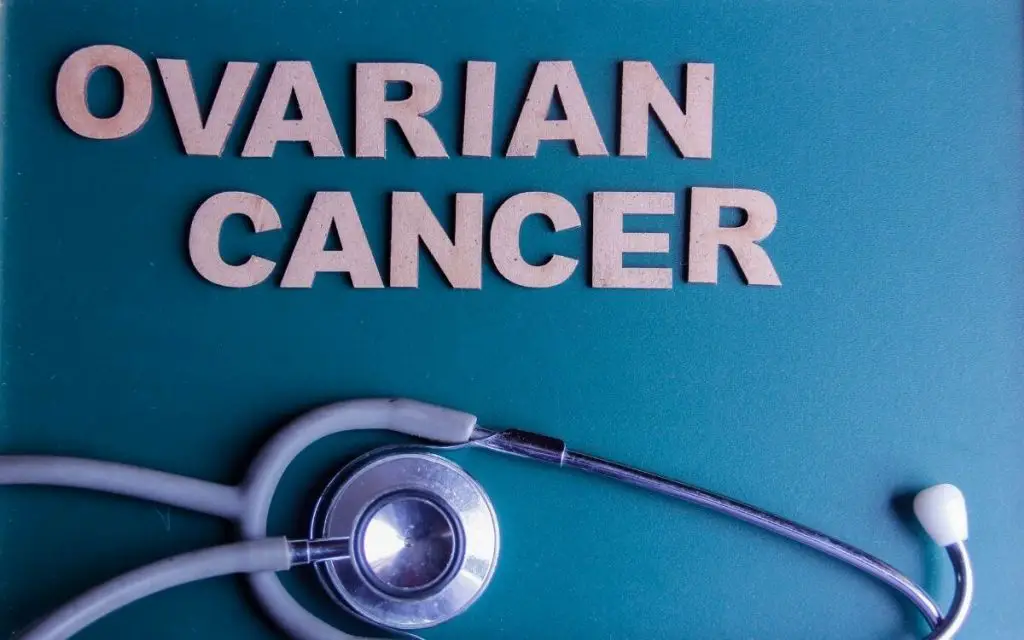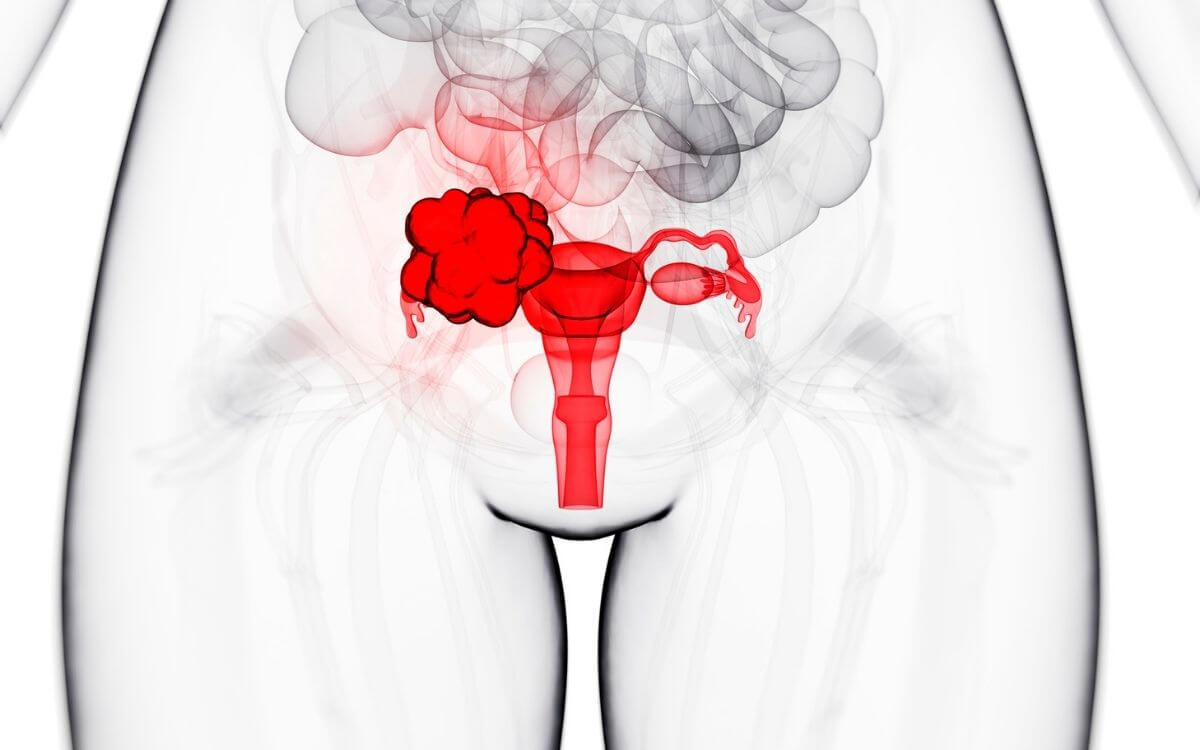Can you have multiple endometriomas?
So, can you have multiple endometriomas?
The short answer is yes – you can have multiple endometriomas, also called “chocolate cysts” due to the color coming from old menstrual blood and tissue that fills the cyst. They can affect one or two ovaries, and occur as single or multiple endometriomas.
However, in order to fully understand why and how chocolate cysts occur, we need to answer the following questions:
- What is the difference between endometriosis and endometrioma?
- Does endometriosis cause multiple cysts?
- Can you have endometriomas without endometriomas?
- What stage of endometriosis is an endometrioma?
- What size is a small endometrioma?
- What size is a large endometrioma?
- Can an endometrioma leak?
- Can an endometrioma burst?
- Can an endometrioma twist the ovary?
- When should I worry about endometrioma?
- How often are endometriomas cancerous?
- Can endometriomas go away?
- What is the treatment for endometrioma?
- So, can you have multiple endometriomas?
- What is the difference between endometriosis and endometrioma?
- Does endometriosis cause multiple cysts?
- Can you have endometriomas without endometriosis?
- What stage of endometriosis is an endometrioma?
- What size is a small endometrioma?
- What size is a large endometrioma?
- Can an endometrioma leak?
- Can an endometrioma burst?
- Can an endometrioma twist the ovary?
- When should I worry about endometrioma?
- How often are endometriomas cancerous?
- Can endometriomas go away?
- What is the treatment for endometrioma?
What is the difference between endometriosis and endometrioma?
Endometriosis is a chronic condition in which endometrium-like tissue grows in locations outside the uterus. When endometriosis occurs in the ovaries and fills with old menstrual fluid it is called an endometrioma. Having endometrioma is a sign of endometriosis.
The question is, can endometriosis cause multiple cysts, and are they always endometriotic? I explain this below…
Does endometriosis cause multiple cysts?
Not all the cysts are endometriomas. There are four kinds of cysts:
- functional
- benign (neoplastic)
- endometriotic
- malignant (cancerous)
My wife’s scan revealed 3 endometriomas and one functional cyst therefore from her personal experience I can openly say that endometriosis can cause multiple cysts.
Besides, as I explained at the very beginning, endometriosis can affect one or two ovaries and may cause the development of single or multiple cysts or/and endometriomas.
Can you have endometriomas without endometriosis?
There’s no evidence of endometriomas without endometriosis, only women with endometriosis get them. Functional ovarian cysts may occur without endometriosis during the menstrual cycle. Stages III or IV endometriosis cause deep endometrial implants and endometrial cysts in at least one of the ovaries.
Doctors divide endometriosis into stages, and types depending on how far the endometrial tissue spreads to other areas of the body. Stages 3 and 4 are the most severe. They are the most likely to cause endometriomas.
If you want to learn more about endometriosis, I wrote an “Endo-Tool, Endometriosis for Men” e-Book of which you can get a FREE 1st chapter containing all you need to know about this chronic condition, plus how to cope and support your partner.
- What is endometriosis?
- What are the symptoms?
- What causes endometriosis?
- What does endometriosis look like?
- What are the stages?
- What are the types?
- What is adenomyosis and how is it related to endometriosis?
- Why do some women develop severe endo and others don’t?
- Does endometriosis cause infertility?
- How is endometriosis diagnosed?
- Do types and stages affect the treatment?
- Recurrence of endometriosis after excision surgery.
FREE Chapter of “Endo-Tool”!
an Endometriosis for Men book

What stage of endometriosis is an endometrioma?
You need to have at least stage III endometriosis in order to develop endometrioma because at this stage the endometrial implants reach the ovaries. When the endometrial tissue attaches to an ovary it fills over time with old menstrual blood creating endometrioma.
My wife has one of the most severe stage IV deep infiltrating endometriosis types.
The first time she developed one endometrioma that helped her get her diagnostic laparoscopy, the second time she developed one functional cyst and three endometriomas.
So, you can have multiple endometriomas, but what size is considered small, and what size is a large endometrioma?
What size is a small endometrioma?
As you know by now, endometriomas contain dark degenerated blood products from repeated cyclical hemorrhage. These cysts may be up to 20 cm big although their size is usually smaller from 2 to 5 cm.
But what size is a small endometrioma? A small endometrioma is considered if it’s smaller than 5 cm.
I also found out during my research that the smaller the endometrioma is the better chances are for IVF. The clinical pregnancy rate was 42.9%.
According to this source “endometrioma ≤3 cm in diameter per se does not affect ovarian reserve in intracytoplasmic sperm injection cycles”.
What size is a large endometrioma?
General ovarian endometriomas larger than 4 cm should be removed, both to reduce pain and to improve conception rates, but what size is a large endometrioma?
A large endometrioma is considered if it’s bigger than 5 cm. While they are often small, less than 2 inches, chocolate cysts can grow as big as 8 inches across or 20 cm.
But apart from the conception rates, does the size matter when it comes to complications such as infections? Can an endometrioma leak on its own?
Can an endometrioma leak?
An endometrioma can leak if it grows big enough and it often spills to the wall and organs of the abdominal and pelvic cavities. Leaking endometrioma can cause a lot of blood and fluid loss, leading to low blood pressure, infections, and even surgery.
Endometrioma can leak gradually and slowly but it can also burst or rupture. The next paragraph explains what happens if chocolate cysts burst.

Can an endometrioma burst?
An endometrioma can rapture and it happens to less than 3% of women who have endometriosis. Rupture of an endometrioma causes excessive bleeding, inflammation, even infections. In rare cases, the blood loss can cause less blood flow to other organs leading to complications and death.
When an endometrioma bursts it has to be taken seriously.
A ruptured endometrioma can cause sudden pain in the pelvic area. The pain is usually sharp and cannot be missed.
In such situations, you should seek immediate medical assistance, call the ambulance, or rush to A&E.
Can an endometrioma twist the ovary?
We know now that you can have multiple endometriomas, but what if one of the twists the ovary?
An endometrioma can twist the ovary.
When endometrioma becomes enlarged it can cause the ovary to twist out of its natural position, it is called torsion and can cut off the ovary’s blood supply leading to tissue death called necrosis, organ failure, and serious infections, including sepsis which can be life-threatening.
When it comes to the symptoms, similar to the rapture, if your ovary twists suddenly, you will feel sudden, sharp, excruciating pain. The pain can be also accompanied by nausea and vomiting.
You should also seek immediate medical assistance in order to save your ovary.
When should I worry about endometrioma?
You should worry about endometrioma if when left untreated leads to complications such as infertility, twisted ovary, ruptured cyst, blockage of the urinary tract or bowel, chronic pelvic pain, and ovarian cancer.
Since we discussed twisted ovaries and ruptured endometrioma, I want to dedicate the next paragraph to ovarian cancer…
How often are endometriomas cancerous?
According to this source, clear cell and endometrioid ovarian carcinomas account for approximately 10-20% of ovarian cancers and, in contrast to high-grade serous cancers, are frequently diagnosed at an early stage.
There is a relationship between endometriosis and ovarian cancer but ovarian cancer is rare among women with ovarian endometriomas, but they can become cancerous. Although 1 to 3 percent of women in the general female population will develop ovarian cancer, in women with endometriosis it is still less than 2%.
Endometriosis is a more common gynecological disease than its malignant transformation. It is important that you are aware of ovarian cancer but don’t overthink this as it’s pretty rare.

Can endometriomas go away?
Endometriosis is not going to go away on its own. Since there’s no cure for endometriosis, there’s no way to stop an ovarian endometrioma from forming. However, you may use medications to help prevent your ovarian endometrioma from growing bigger or even growing back once it’s been removed.
Small, less than 5 cm type I endometriomas tend to grow slowly, and bigger than 5 cm ones tend to grow slightly faster.
Left untreated they can leak but still refill, they can also multiply if endometriosis isn’t treated.
What is the treatment for endometrioma?
You have learned that you can have multiple endometriomas but it doesn’t matter how many, how small or large, you should always think of treatment if they give you pain, burst, twist, or become cancerous.
But what is the treatment for endometrioma?
The simple answer is – it depends. It depends on your personal circumstances.
The treatment for endometrioma will be different for every person, depending on the symptoms and risk of either infertility, infection, or the possibility of having ovarian cancer.
The treatment options may include:
- Expectant management when endometrioma is small, benign, and causes no symptoms.
- Medical treatment includes Nonsteroidal anti-inflammatory drugs, oral contraceptives, Progestins, GnRH analogs.
- Surgical procedure when endometrioma is larger than 5 cm, gives a lot of pain, twists an ovary, or becomes malignant.
So, can you have multiple endometriomas – yes, can it get complicated – yes, but it can still all be treated and managed.
I hope this post didn’t scare you, I did not mean that, but it’s important to highlight all the main questions that relate to the subject of having multiple endometriomas.
I hope this helps!
FREE Chapter of “Endo-Tool”!
an Endometriosis for Men book



About Me
Hi, I’m Lucjan! The reason why I decided to create this blog was my beautiful wife, who experienced a lot of pain in life, but also the lack of information about endometriosis and fibromyalgia for men…
